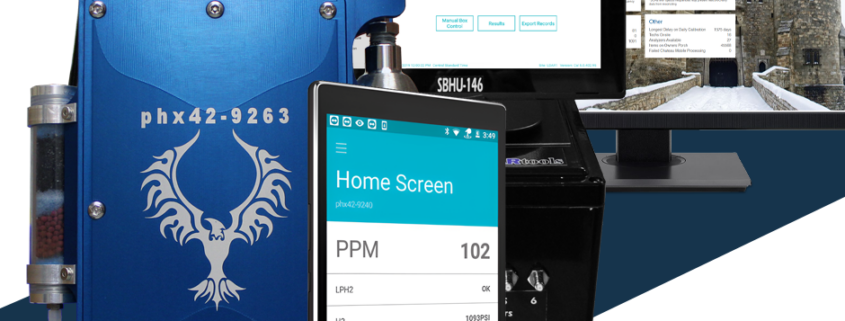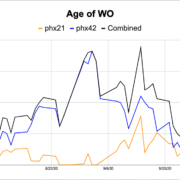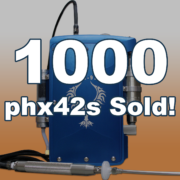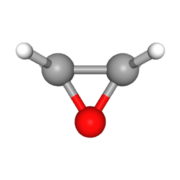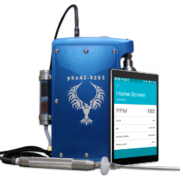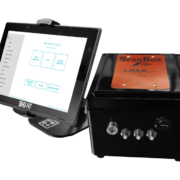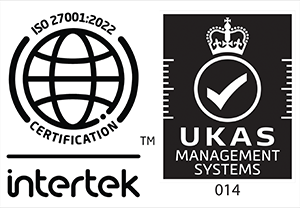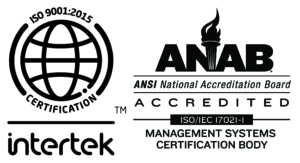Leak Detection and Repair (LDAR) programs are essential for managing and mitigating fugitive emissions in industrial environments. Furthermore, by leveraging advanced technologies, such as the phx42 FID analyzer, SpanBox5 calibration system, and Chateau database software, you can streamline the detection, quantification, and reporting of leaks to ensure safety and environmental compliance.
Here’s a step-by-step guide to creating an effective LDAR program using these tools.
Step 1: Set Up the phx42 FID Analyzer
The phx42 Flame Ionization Detector (FID) analyzer, also commonly known as Toxic Vapor Analyzer or TVA*, is at the heart of your LDAR program, designed for accurate detection of hydrocarbons to aid with environmental compliance. Begin by:
- Charging the battery.
- Powering on the phx42.
- Filling with Hydrogen.
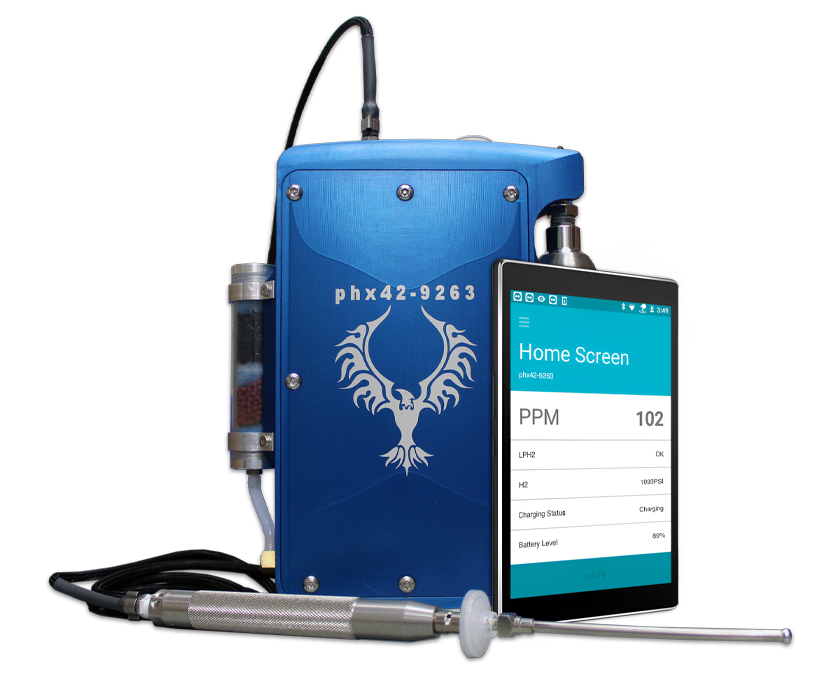
*This is a misnomer, but also a term the industry has accepted to describe portable FIDs.
Step 2: Integrate SpanBox5 for Calibration Management
A quality analyzer is not enough, however. Additionally, you will need an efficient calibration system for your analyzers. The SpanBox5 FID calibration system is an innovative tool for automating the calibration and verification process of the phx42. To integrate the SpanBox5:
- Connect the phx42 to your gas bottles using the appropriate regulators.
- Perform calibrations.
- Sync the calibration data to maintain an accurate record of calibration history, which is crucial for compliance and auditing.
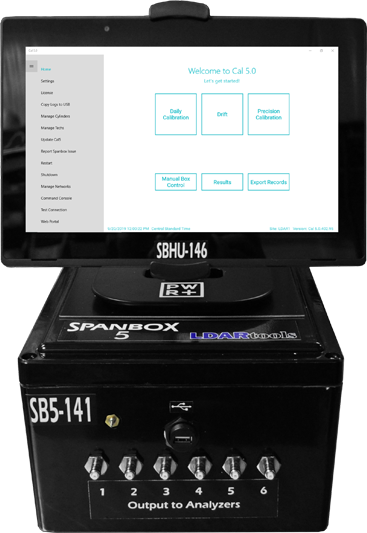
Step 3: Use Chateau Software for Comprehensive Data Management
Lastly, you will need a central to house all of this information. LDARtools’ Chateau LDAR database software serves as this hub for managing all the data collected from your LDAR program, and is the final step in meeting the highest standards of environmental management. Here is how to use it:
- Import data from the phx42.
- Utilize Chateau’s reporting tools to generate detailed reports on leak detection, calibration status, and compliance. Customize reports to meet regulatory requirements and internal standards.
- Maintain a detailed record of all detected leaks, repairs, and calibration checks. This ensures your LDAR program remains compliant with industry regulations.
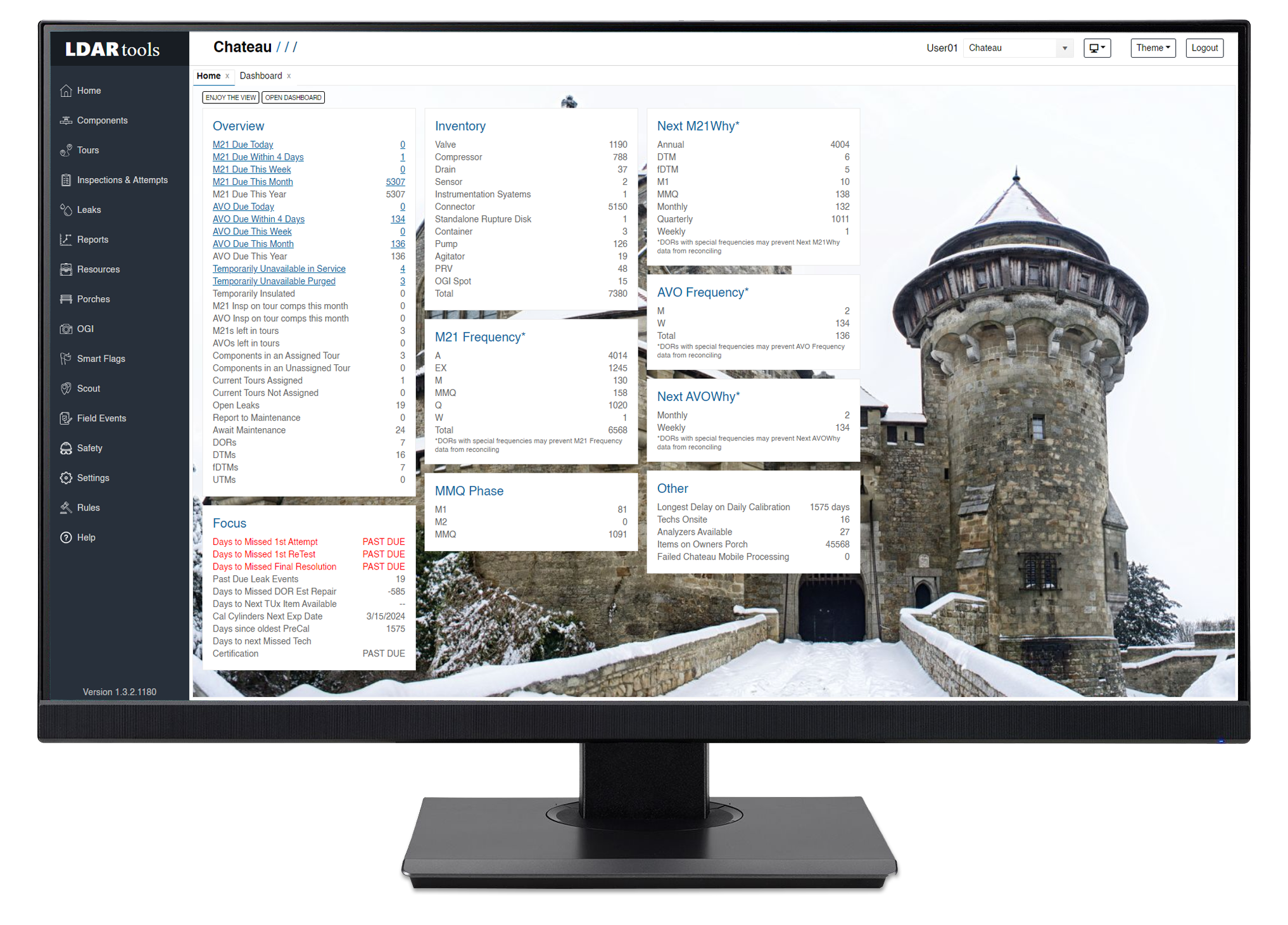
Conclusion
Creating an LDAR program with the phx42 FID analyzer, SpanBox5 calibration system, and Chateau database software offers a robust, integrated approach to managing fugitive emissions to ensure environmental compliance. By following these steps, you can ensure your program is efficient, compliant, and capable of detecting leaks accurately and responding promptly.

